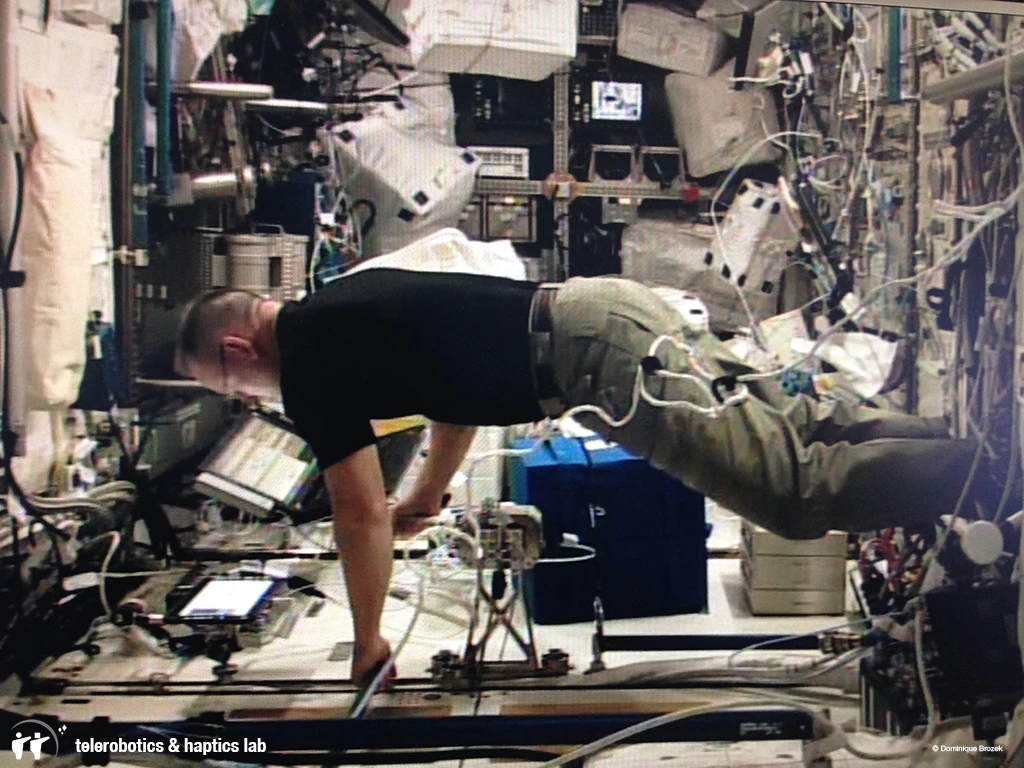It may look like the ultimate gaming joystick, but its purpose is very serious. On the International Space Station, astronauts recently finished putting the European Space Agency's (ESA) Haptics-1 joystick through its paces. The purpose of the first force-reflecting joystick in space is to improve how robots and humans interact in weightlessness.
In the decades to come, robotics and telepresence in space travel will become increasingly important. So far, robotic probes to the planets, moons, asteroids, and comets of the Solar System have increased our knowledge beyond what anyone thought possible half a century ago, but there will come a point where astronauts will need to take over. The problem is, robots are much cheaper and safer to send to planet surfaces than humans, so scientists and engineers are working on a compromise by developing simple and intuitive ways that people can control robots from orbit.
One key factor in this is force feedback. Put simply, it's like the gaming sticks that jolt when your digital mech runs into a wall or your virtual car slams into a traffic barrier. In gaming, this is designed to provide the player with a sense of involvement and realism, but in more serious tasks, such as surgery, its job is to give the operator a vital sense of touch. Imagine how you would get something out of your pocket without being able to feel and you realize how important force feedback is. With it, control of a robot is relatively easy. Without it, and it's like knitting with boxing gloves on.

This is where ESA's Haptics-1 experiments come in. From the outside, it looks like a simple, albeit overbuilt joystick. Using servo motors, the device is robust enough to withstand rough handling, while feeding back forces to the operator. According to ESA, the reason why the joystick had to be tested on the ISS is because using such a feedback mechanism in weightlessness is very different than on Earth.
For one thing, the jolts can literally put the operator into a spin, so the Haptics-1 joystick needs a harness or a wall bolt to keep the astronaut stable. Secondly, the human body and nervous system react differently in weightlessness. In order to make such a robotic control practical, the developers need a thorough understanding of human reactions, senses, physiology, and other factors that might affect such an interface, so the station made an idea laboratory
"With Haptics-1 we are paving the way towards an entirely new type of combined human–robot mission," says André Schiele, the experimenter and founder of ESA’s Telerobotics and Haptics Laboratory. "We are investigating in fine detail the limits of human perception and ability to apply fine forces and manipulation with their limbs and hands in a weightless environment. This allows us to understand the technology boundaries for advanced robotic equipment to support human astronauts in space when performing remote robotic control tasks. In addition to measuring physiological factors, Haptics-1 is providing important insights into how force-reflection from a remote robotic system changes human perception in space."
Source: ESA






